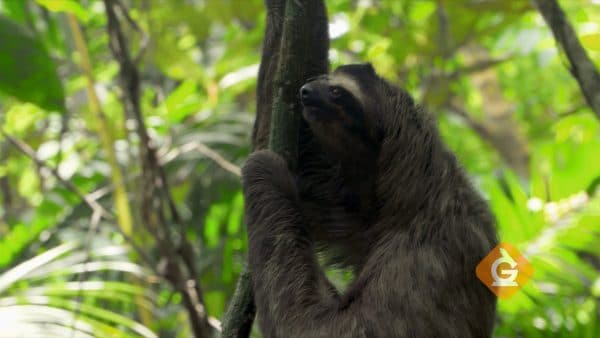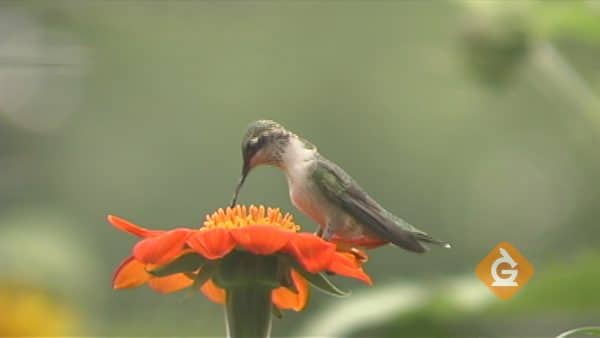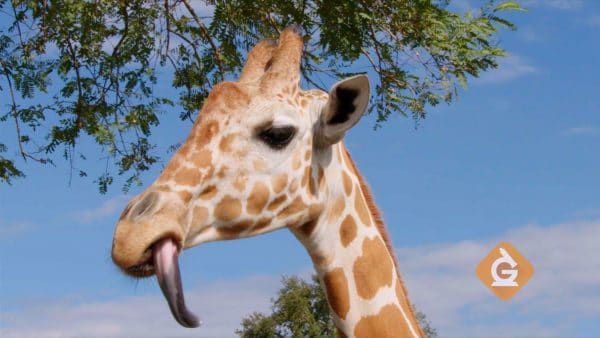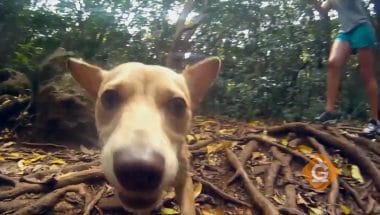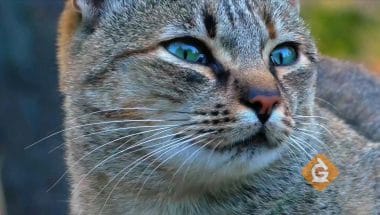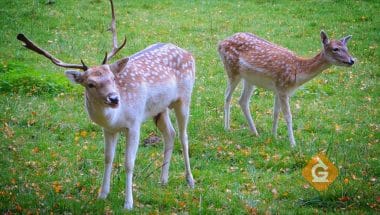A dog’s sense of smell is 1 million times more sensitive than humans. This adaptation allows them to find their food and detect territorial markings from other dogs. Some dogs are trained to use their powerful sniffers to aid in search and rescue operations.
Animals adapt to their environment.
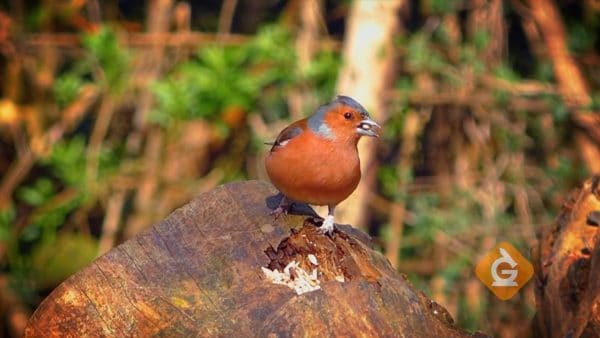
Adaptation is all about survival. When the environment changes dramatically, some animals die, others move to another location, and some develop adaptations over generations that help them survive.
Sometimes the environment changes dramatically due to a natural disaster and sometimes it changes slowly over thousands of years. In each case, over many generations, animals may develop new adaptations to help them survive in their new home.
